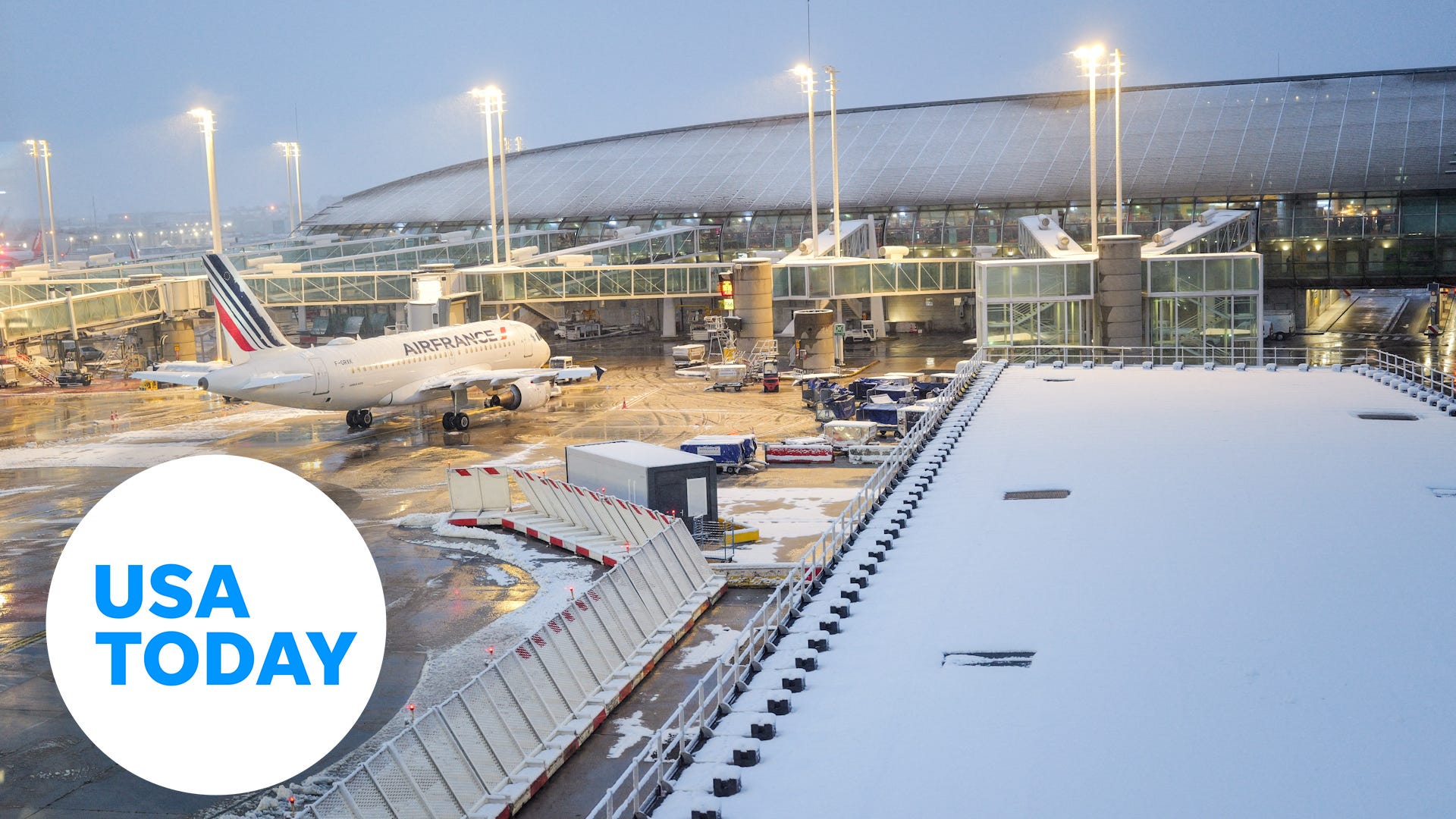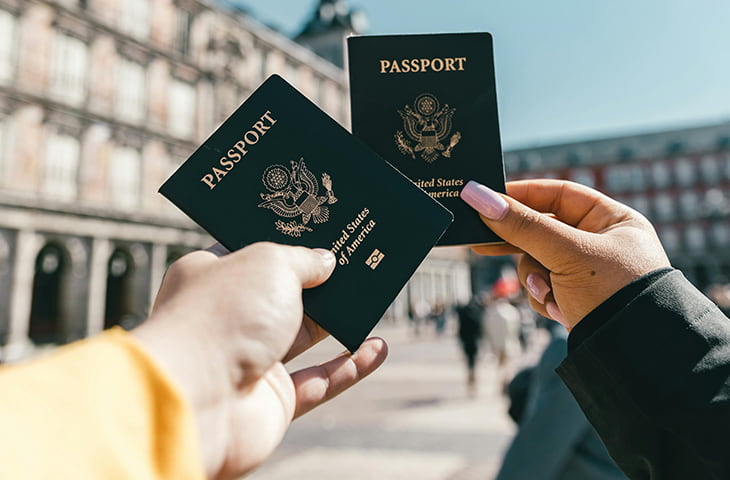Despite Recent Tragedies, Flying Is Still Safe. Here's What Travelers Should Know.

- Flying is statistically the safest mode of transportation, especially on U.S. commercial airlines.
- The aviation industry prioritizes safety and continuously learns from past incidents to improve protocols and technology.
- A contributing factor to recent aviation incidents is the high turnover rate in the aviation workforce, leading to potential skill gaps.
In the aftermath of two back-to-back fatal airplane crashes last week, Americans are understandably left wondering if flying remains the safest way to travel. Travelers heading to the airport can take comfort in the fact that it absolutely is, even if it doesn't feel that way right now.
Last week, a mid-air collision between an American Airlines passenger plane and a U.S. Army Black Hawk helicopter near Washington, D.C., resulted in the deaths of all 67 individuals on board both aircraft, while in Philadelphia, a medical Learjet 55 crashed shortly after takeoff, killing all six people on board and one person on the ground.
The tragedy at DCA was the first fatal crash of a U.S. airliner in nearly 15 years. The odds of being seriously injured or killed while flying on a commercial airline in America are low. But statistics don't tell the whole story. Here's how the aviation industry got so safe.
Yes. Especially on U.S. commercial airlines.
In the 2024 Transportation Statistics Report from the Bureau of Transportation Statistics, air travel is identified as the absolute safest form of transportation.
“Transportation incidents for all modes claimed 44,546 lives in 2022, of which all but 2,032 involved highway motor vehicles. Preliminary estimates for 2023 suggest a further decline in fatalities,” the report says. “There were no deaths from crashes on large commercial airlines in 2023, but several hundred deaths occurred in crashes in general aviation, commuter air, and air taxi services.”
The safety record is a little spottier abroad, but most common destinations for U.S. travelers, like western Europe, southeast Asia, the Middle East and Oceania have similarly strong aviation safety records. According to the International Air Transport Association, worldwide in 2023 there was only one fatal commercial airliner crash, which resulted in 72 deaths. In the North America, Asia Pacific and Europe regions, the fatality rate for commercial flying was around 0.5 for every million flights, while in Latin America and the Caribbean it was 4.5 fatalities per million flights and in Africa it was about 11 fatalities per million flights in 2023, according to IATA.
While there has also been more attention to near misses between U.S. airliners recently, in some ways, a near miss is still a sign that the safety system is working. Any time an accident comes close to happening, it is investigated, but the fact that it didn't happen means the safeguards ultimately worked as intended.
The aviation industry is exceptionally good at learning from incidents like last week's collision over the Potomac and improving.
“One good thing that the aviation community does do is it really does learn from its past experiences and past accidents,” Jim Brauchle, an aviation attorney at Motley Rice, told USA TODAY. “The FAA has implemented or tired to implement a lot of programs where, if you report safety issues, there’s no repercussions for things like that.”
The National Transportation Safety Board investigates every aviation accident in the U.S., and is a party to many investigations abroad as well, and the industry takes its safety recommendations seriously.
Airline executives frequently emphasize that they compete with other carriers on amenities, schedules, prices and other factors, but never on safety. In that regard, airlines, manufacturers and other industry stakeholders cooperate on a common mission to make flying as safe as possible.
Brauchle said lawmakers and the Federal Aviation Administration also have a hand in keeping the industry on track for safety.
“Everything is pretty highly regulated,” he said. “With aircraft we have so many redundant systems. If you have a failure of something there’s usually a backup. Technology today has gotten so much better.”
While flying is extremely safe, it’s not totally without risk.
Especially as turbulence gets more frequent and intense, it’s more important than ever to observe the seatbelt sign and to listen to flight crews when they recommend staying buckled up even if the sign is off. That’s the easiest and best way to prevent some of the most common and hard-to-predict injuries in flying.
Relatedly, it’s important to remember that flight attendants’ main job is to keep travelers safe – not to serve them drinks.
“Customer service was one day of training out of eight weeks,” Rich Henderson, one of the authors of the blog Two Guys on a Plane, previously told USA TODAY. The rest was focused on safety drills and emergency responses.
Brauchle said turnover in the aviation workforce plays a role in many recent aviation safety incidents.
“We’re seeing higher turnover not only in piloting, but also in maintenance, in air traffic control, manufacturing, it’s all across the board,” he said. Additionally, as onboard computers become more sophisticated, a new generation of pilots has come to rely more and more on their instruments, which is generally a safer way to fly, but can lead to confusion at times if something malfunctions.
“Some of us older aviators will say the younger pilots are losing what we would say are stick and rudder skills, that airmanship, and there’s an overreliance on computers,” Brauchle said.
Despite last week's tragedy, flying remains extremely safe. And as the investigation into what happened outside of DCA continues and ultimately produces new best practice recommendations, it's likely to get even safer for future flights.
And if you're still wary, you can phone a pilot friend to help settle your nerves.
Zach Wichter is a travel reporter and writes the Cruising Altitude column for USA TODAY. He is based in New York and you can reach him at zwichter@usatoday.com.


